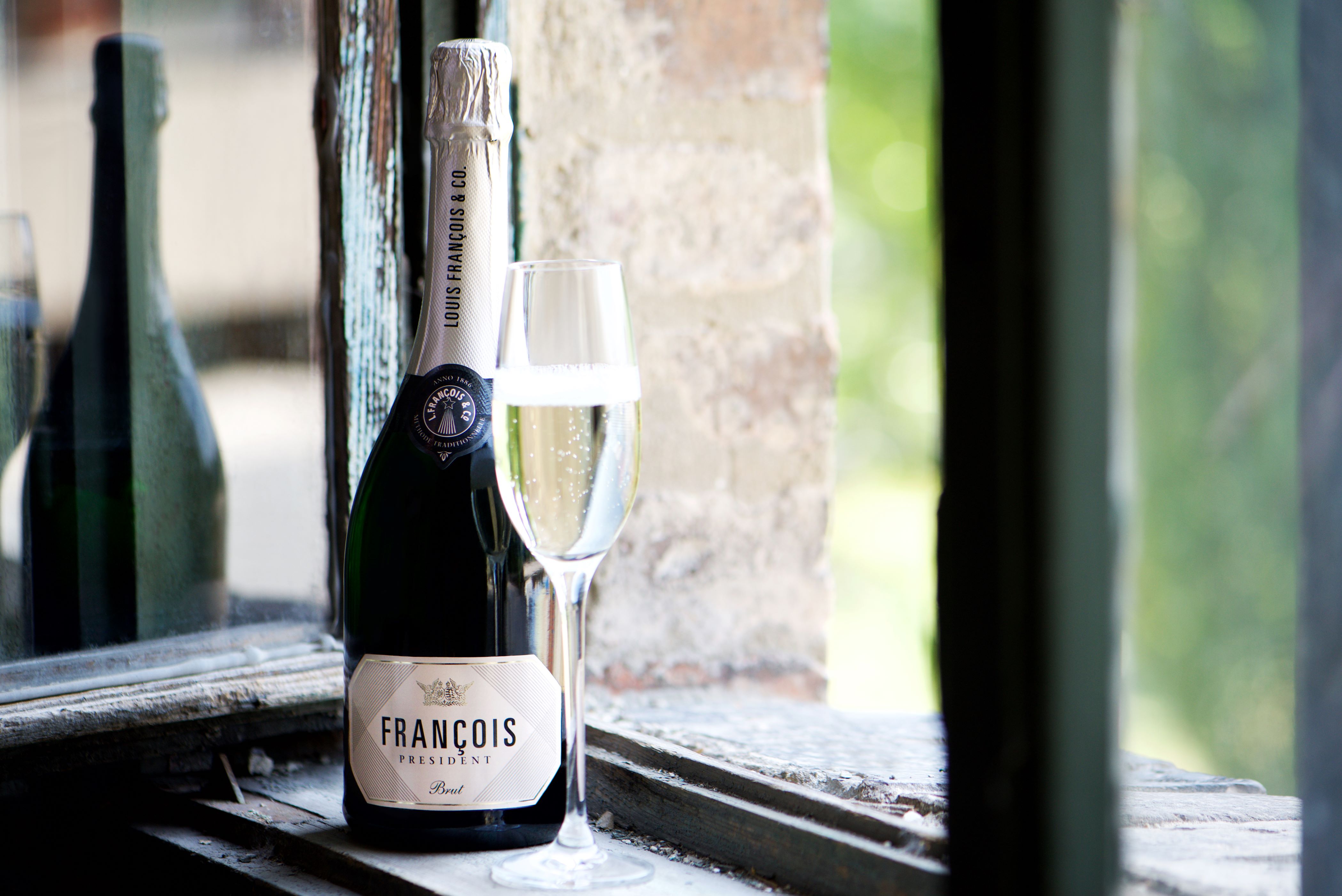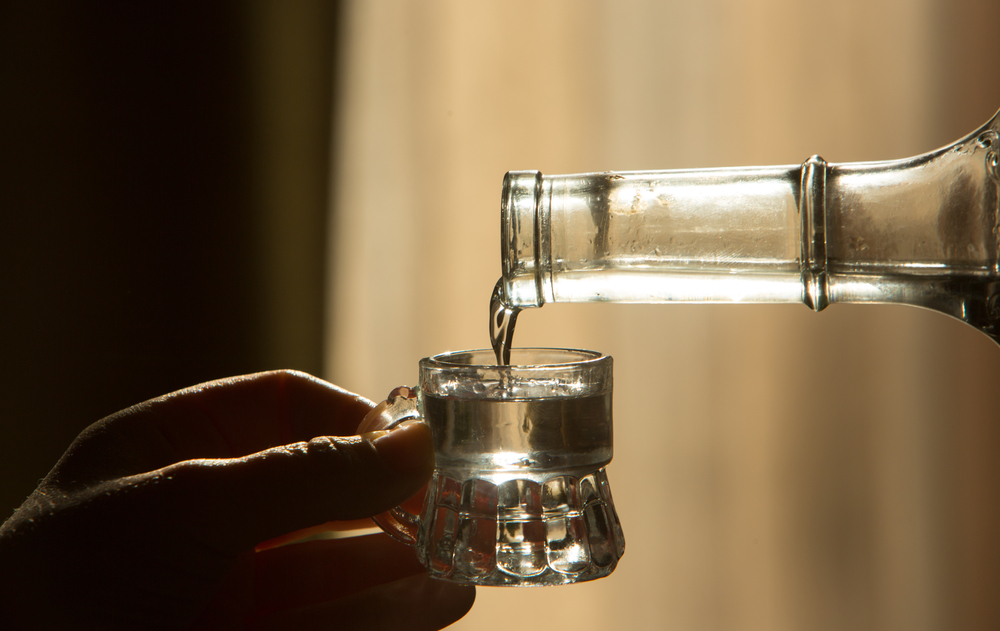A Somber Festive Season for Hungarian Wine World

Traditional wine cellars with barrels near Eger.
Photo by Richard Semik / Shutterrstock.com
The festive season started on a downbeat note with the sad news of the passing of Vilmos Thummerer, one of the pioneers in Eger’s revival following the regime change, at the age of 78 on Dec. 21, after a long illness.
The former flower grower, who started making wine in 1984, built up an impressive estate and a large, cavernous, labyrinth-like cellar that is carved dramatically into the tuff cliffs and rock of Noszvaj, in a Middle Earth-like magical setting, some 13.5 km by road to the east of the city of Eger.
Thummerer long worked in close conjunction with the skillful and dedicated winemaker József Lamport, who oversees the production of around 600,000 bottles a year from more than 110 hectares of vineyards; the quality is very consistent, with some wines outstanding.
If one piece in the jigsaw puzzle was ever missing, it was that the Thummerer Pince somewhat flew under the radar when it came hitting the upper echelons of the domestic market due to nothing more than a lack of savvy marketing. However, its membership of the Egri Borműhely, an association of the region’s leading producers, whose PR is handled by the very professional Wineglass Communication, should help get the message out.
Furthermore, Thummerer’s granddaughter, Polett Pulay, is already deeply involved in the winery as export and office manager, and the family continuity looks assured. She is busy acquiring wine knowledge, and in December, I had the pleasure of teaching her on the WSET (Wine & Spirit Education) level three course at Budapest’s Borkollégium, which gives a broad understanding of the wines of the world and their places of growth.
Probably my favorite wine from Thummerer is the Egri Bikavér Grand Superior Nagy-Eged single-vineyard wine, the 2016 of which has vibrant blackcurrant and forest fruit aromas and flavors, along with lively acidity and restrained tannins on the very long, complex and balanced palate.
It gives a lot, but subtly; this medium plus bodied wine is perfectly balanced, and the alcohol hits the scales at a very welcome 13.5%. That’s on the low side for such a concentrated wine made from very low yields. The yield for Grand Superior must not exceed 60 hectoliters/hectare, and the Nagy-Eged dűlő (vineyard) yields are much lower than that.
South-facing
Nagy-Eged dűlő is a south-facing vineyard lying in the middle of the pure limestone Nagy-Eged Hill, where there is some topsoil that holds much-needed water reserves, according to Lamport. He adds that the acidity from the limestone is of a sort that helps to retain the vibrant fruitiness in the final wine.
This wine is a field blend of Cabernet Franc, Kadarka, Kékfrankos, Merlot and Syrah (all planted in 2008). The grapes of these different varieties are picked simultaneously and fermented together, as opposed to the more usual practice of vinifying separately and blending after the wines are aged individually in oak barrels.
The grapes ripen at more or less the same time, and the idea is that a bit of unripeness here can be compensated by a tad of overripeness there. In this case, this method works brilliantly in capturing the vineyard’s character without emphasizing the individual grapes. The 2016 is an absolute bargain at HUF 5,500 from shop.thummerer.hu.
Thummerer’s most famous wine is Vili Papa Cuvée, a Bordeaux-style blend that rewards bottle aging. Perhaps due to the aforementioned lack of marketing, some of the 2009 vintage is somehow still available; so many of Hungary’s top wines sell out before they get a chance to show their best. I was fortunate to sip Vili Papa Cuvée 2009 last summer, and this is likely to still be at its peak.
The dry fall of 2009 helped the grapes (mainly Cabernet Franc and Merlot, with a little Cabernet Sauvignon) ripen fully, which can be a challenge in this northern, somewhat cooler climate wine region.
Aged for two years in new barrique barrels, the wood is beautifully integrated; the tannins are ripe and smooth on the palate, and it is both juicy and earthy. It costs HUF 11,500 from Bortársaság, which is excellent value for a high-quality, mature product. It is the ideal wine to raise a glass to the Eger icon.
Jackfall Tragedy
In the New Year came the tragic news that Gábor Jandrasics (co-owner) and Ottilia Burger, of Jackfall Bormanufaktúra, a winery with charming apartment accommodation, in Kisjakabfalva, in the Villány wine region, were killed in a car accident.
Both were marvelous hosts when I guided guests on tours there and will be sorely missed. The Jackfall winery, which cultivates 13.5 hectares in Kisharsány and Nagytótfalu, has pledged to keep serving its customers. Incidentally, Jackfall is the Swabian name for Kisjakabfalva.
Jackfall winemaker András Kőszeli, who trained in Tuscany, was my study buddy when we took the WSET Diploma (level four), and I was impressed with his inquisitive, active mind that revealed both considerable knowledge and an openness to new ideas. This manifests itself in the contemporary, fruity wines of good concentration and balance that appeal to international palates.
This terrible news brings a painful reminder of the earlier loss of a significant player in Villány’s resurgence since the regime change: Pál Debreczeni, founder of the Vylyan Pincészet.
His wife, Mónika, has done a sterling job leading the Kisharsány-based winery since her husband’s death in a car accident in 2005. (Pál’s brother Kálmán Debreczeni exited Vylyan and is the owner of Debreczeni & Ferenczi Pince family winery, which is based in Etyek and makes wines from there, as well as Szekszárd, and also has a restaurant.)
Vylyan’s winemaker is now Sándor Tóth, having replaced, István Ipacs Szabó, who has moved on to concentrate on his family winery in Kövesföld, Villány, as well as tending the vines of a foreign neighbor on Tenkes Hill and making the wines. Ipacs Szabó also has a new role as winemaker of the Research Institute of Viticulture and Enology of the University of Pécs.
Here, he makes countless wines from 1,800 grape varieties planted over 35 hectares on two sites. Ipacs Szabó was shortlisted for the Hungarian Wine Academy’s Winemaker of the Year 2021 medal, which went to Beáta Pühra Nyúlné, winemaker of the very well-known Nyakas Pince in Tök, in the Etyek-Buda wine region.
This article was first published in the Budapest Business Journal print issue of January 14, 2022.
SUPPORT THE BUDAPEST BUSINESS JOURNAL
Producing journalism that is worthy of the name is a costly business. For 27 years, the publishers, editors and reporters of the Budapest Business Journal have striven to bring you business news that works, information that you can trust, that is factual, accurate and presented without fear or favor.
Newspaper organizations across the globe have struggled to find a business model that allows them to continue to excel, without compromising their ability to perform. Most recently, some have experimented with the idea of involving their most important stakeholders, their readers.
We would like to offer that same opportunity to our readers. We would like to invite you to help us deliver the quality business journalism you require. Hit our Support the BBJ button and you can choose the how much and how often you send us your contributions.










